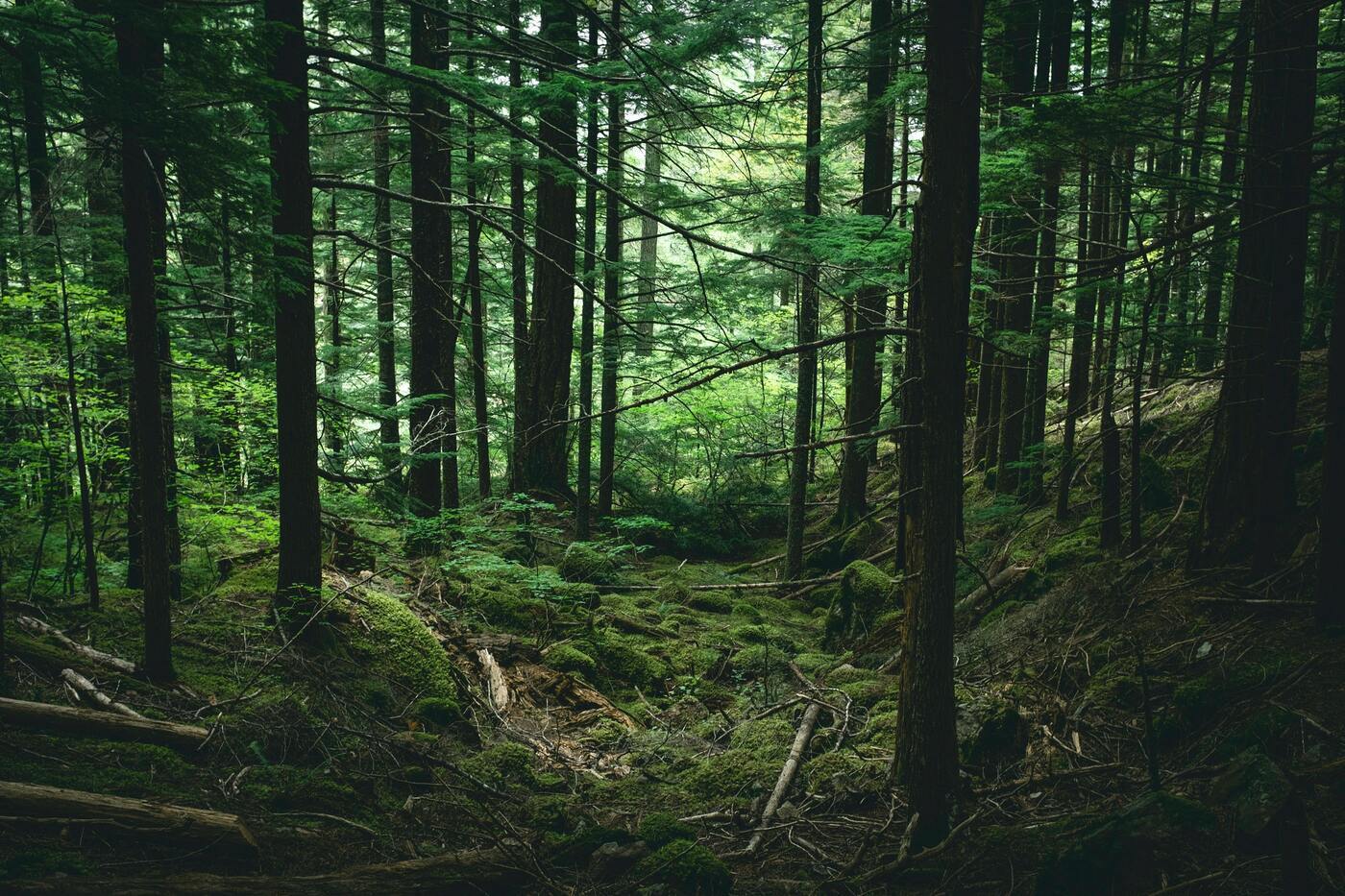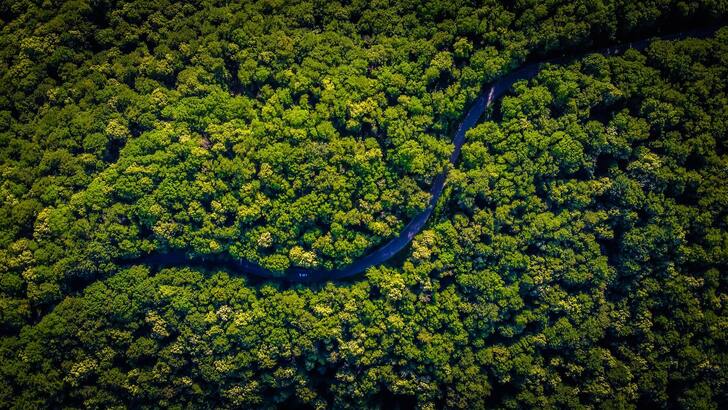New research suggests that up to one-fifth of the Amazon rainforest is transmitting more CO2 than it absorbs. Results from a very long-term investigation of greenhouse gases over the Amazon basin show that around 20% of the all-out region has become a net source of carbon dioxide in the air. One of the fundamental drivers is deforestation. While trees are developing, they absorb carbon dioxide from the air; dead trees discharge it once more.
A great many trees have been lost to logging and flames lately. The consequences of the examination, which have not yet been distributed, have suggestions for the work to combat climate change. They recommend that the Amazon rainforest - a fundamental carbon store or "sink" that eases back the speed of global warming - might be transforming into a carbon source quicker than recently suspected.
At regular intervals for as long as 10 years, a group of researchers drove by Prof Luciana Gatti, an analyst at Brazil's National Institute for Space Research (INPE), has estimated greenhouse gases by flying airplanes fitted with sensors over various pieces of the Amazon basin. What the gathering found was alarming: while the more significant part of the rainforest holds its capacity to absorb vast amounts of carbon dioxide - particularly in wetter years - one piece of the forest, which is particularly intensely deforested, seems to have lost that limit.
- Amazon deforestation stays high despite rains
- Old foes in the Amazon join to save their land
- Amazon forest's football pitch lost each moment
Gatti's exploration recommends that this south-eastern forest, about 20% of the all-out region, has become a carbon source. She revealed to Newsnight that every year is more terrible. They say that this region in the south-east is a significant source of carbon. Also, it doesn't make any difference whether it is a wet year or a dry year. 2017-18 was a wet year, yet it didn't have any effect.
A forest can turn into a source of carbon instead of a store or sink when trees bite the dust and produce carbon into the environment. Spaces of deforestation additionally add to the Amazon's failure to absorb carbon. Carlos Nobre, who co-created Prof Gatti's investigation, called the perception "exceptionally stressing" because "it very well may be showing the beginnings of a significant tipping point." He accepts the discoveries propose that in the following 30 years, beyond what a big part of the Amazon could change from rainforest into savanna.
Amazonia has 450 billion tons of CO2 secured by its trees and soil. If it somehow happened to turn into a steady source, handling the emergency would be seriously difficult. Climate change and deforestation have flipped a massive wrap of the Amazon basin from absorbing to transmitting planet-warming CO2. This change could turn humankind's most noteworthy regular partner in the battle against global warming into an enemy, analysts wrote about Wednesday.
Many high-altitude air tests gathered throughout the last decade showed that the south-eastern Amazon, specifically, has moved from a sink to a source of carbon dioxide, the primary greenhouse gas, they detailed in the diary Nature. Earthly ecosystems overall are urgent as the world battles to control CO2 emanations, which bested 40 billion tons in 2019. In the last 50 years, plants and soil have reliably absorbed over a fourth of those outflows, even as CO2 contamination expanded by 50%.

The Amazon basin contains almost a portion of the world's tropical rainforests, which are more viable at absorbing and putting away carbon than other vegetation. A few elements have driven the change in the eastern Amazon, as per the examination. The creators noted that deforestation and forest corruption both diminish Amazonia's ability to go about as a carbon sink. Since 1970, the region's tropical forests have declined by 17%, for the most part, to oblige fields for raising cattle and the crops that feed them.
For the most part, Forests are cleared with fire, which the two deliveries vast measures of CO2 and diminishes the number of trees accessible to absorb it. Climate change itself is likewise a key factor. Dry-season temperatures have ascended by almost three degrees Celsius contrasted with pre-industrial levels, triple the global all year normal.
Tipping Points
Taken together, these drivers cast question on the capacity of tropical forests to sequester a lot of petroleum product inferred CO2 later on, Scott Denning, an atmospheric researcher at Colorado State University, noted in a discourse, additionally in Nature.
How much the Amazon basin was losing its capacity to absorb CO2 has for quite some time been a consuming inquiry. Yet, satellite data has not had the option to answer fully because of diligent cloud cover. To get around that issue, scientists drove by Luciana Gatti of the National Institute for Space Research in Sao Jose dos Campos in Brazil utilized airplanes to gather almost 600 CO2 and carbon monoxide tests from 2010 to 2018, at rises up to 4.5 kilometers (2.8 miles) over the forest floor.
Northwestern Amazon, they found, was in carbon balance, absorbing as much CO2 into the air as it radiated. Be that as it may, the eastern Amazon - particularly during the dry season - emitted undeniably more than it absorbed.
Another new examination, utilizing an alternate system, tracked down that the Brazilian Amazon delivered almost 20% more CO2 throughout the last decade than it absorbed from 2010 to 2019. Over a specific limit of global warming, global warming could see the mainland's rainforest tip into a lot drier savanna state; ongoing examination has shown. This would have devastating results both to the region, which right now harbors a critical level of the world's biodiversity and globally. The Amazon rainforest is one of twelve alleged "tipping points" in the climate system.

Published by: Book Club
Source: NewsService
Release ID: 25827

